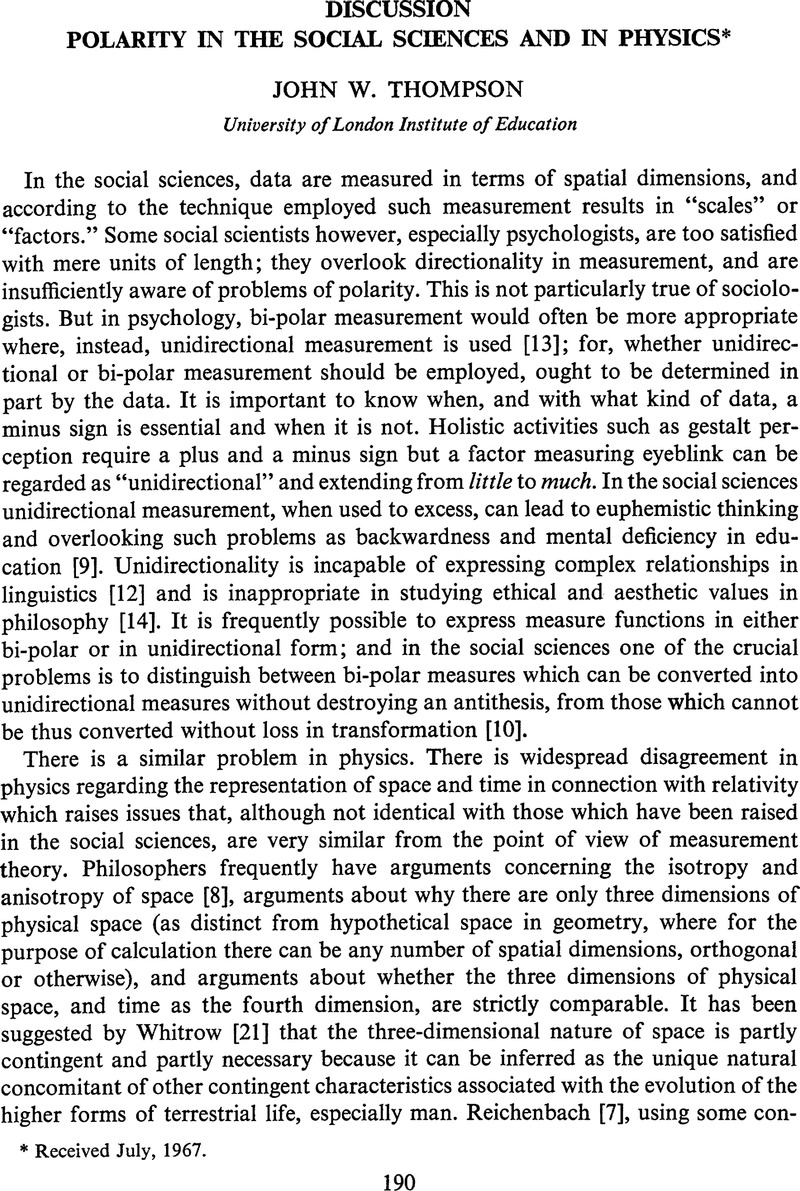Crossref Citations
This article has been cited by the following publications. This list is generated based on data provided by Crossref.
White, Jeffry L.
and
Altschuld, James W.
2012.
Understanding the “what should be condition” in needs assessment data.
Evaluation and Program Planning,
Vol. 35,
Issue. 1,
p.
124.



